By John E. Spindler
A few miles southeast of the Little Bighorn River, known as the “Greasy Grass” to the various Lakota nations camped along its west bank, a number of women dug wild turnips. Among them was Moving Robe, from the Hunkpapa Lakota. Being past noon on this June day, the glaring sun made it hot and oppressive. To the east, beyond the bluffs, rose a great cloud of dust. A warrior riding hard shouts to the women that soldiers are coming and they should take the children and elders to the hills. Instead, the 23-year-old daughter of a warrior runs straight for her family’s tepee. She arrives to see her father collecting their horses. Stepping inside the lodge, she finds her crying mother preparing to flee. Moving Robe learns that her brother One Hawk (Deeds) has just been killed while trying to find an escaped horse.

Outside, she hears sporadic rounds from the enemy. A fellow Hunkpapa calls for warriors to mount up and charge the soldiers. Fighting back her tears, Moving Robe decides to ride alongside her father and avenge her brother’s death. After singing a death song for One Hawk, she unbraids her dark hair and paints her face crimson. A volley from the Bluecoats hits the tops of nearby lodgepoles. Unafraid, she mounts her horse. Alongside her father and many others answering the battle cry, Moving Robe rides towards the soldiers to take revenge. Perhaps she thought this is the battle in which Chief Sitting Bull foresaw victory.
It was 3 p.m. on June 25, 1876. The Lakota warriors were charging towards a Seventh Cavalry Regiment battalion commanded by Major Marcus Reno. It was the start of one of the most famous battles on American soil—the Battle of the Little Bighorn. Reno had just halted his battalion’s charge after learning the Sioux, a term the Lakota despised as it was bastardized French slang for them, were not fleeing as they had been informed, but riding at them. His skirmish line fired on the warriors and into the village. He looked for the promised support from his commanding officer, Lt.-Col. George Custer, and found none. Neither Reno nor the Seventh Cavalry could know that this would be Custer’s last battle and that, though caught by surprise, the combined force of Lakota and Cheyenne warriors would win the most celebrated victory by Plains Indians over U.S. armed forces in American history.

By the centennial of the Declaration of Independence, America was fully entrenched in westward expansion across the continent. Both the Lakota and Cheyenne experienced continual pressure as the wasi’chu, the Lakota term for non-indigenous people, particularly whites, moved into the West. The discovery of gold in Montana Territory in 1863 worsened the situation rapidly. Violence grew, leading to Red Cloud’s War (1866-1868)—the only time a Native American chief would win a war with the U.S. government. The resulting Fort Laramie Treaty established the Great Sioux Reservation, which encompassed all of present-day South Dakota west of the Missouri River. Several agencies were founded within it, where the Lakota and other nations could live on rations provided by the United States. Some permanently moved onto these agencies. Other groups, called summer roamers, preferred to spend the harsh winters on them, but hunted buffalo in the warmer months. Hard-liners, led by the most notable chiefs of the era, such as Sitting Bull, Crazy Horse, and Lame White Man, roamed freely, refusing to be controlled by Washington.
During Red Cloud’s War, the U.S. Army created more cavalry units, including the Seventh Cavalry Regiment led in the field by Custer, a veteran of the Civil War. During his fighting in the West, he developed a reputation for risky, decisive actions that somehow led to victory—spawning the term “Custer luck.” On November 27, 1868, the Seventh Cavalry surprised and captured a Southern Cheyenne village in the Battle of the Washita. In Custer’s first major engagement against hostile Native Americans, he divided his force into groups in order to attack from different directions simultaneously.

The 1874 Black Hills Expedition found evidence of gold. The Federal Government saw a solution to the country’s economic woes. Unfortunately, the Black Hills—sacred to the Lakota—were part of the Great Sioux Reservation and protected by the Fort Laramie Treaty. When attempts to purchase them failed, President Ulysses S. Grant and high-ranking officials realized the best solution was a military one. Needing a legitimate reason to circumvent the terms of the treaty, the government devised a way to force the non-treaty tribal members onto Agency reservations. On December 6, 1875, the Commissioner of Indian Affairs issued an ultimatum to all “non-treaty” Lakota and Cheyenne free roamers: If they did not report to their respective Agencies in the Great Sioux Reservation by January 31, 1876, they would be considered “hostile.” Purposely giving a short deadline in the midst of winter allowed the problem to be handed over to the U.S. Army.
The territory where the “hostiles” roamed came under Maj. Gen. Phillip Sheridan’s Division of the Missouri, headquartered in Chicago, Illinois. He planned a three-pronged attack, with two of the columns from the Department of the Dakota led by Brig. Gen. Alfred H. Terry and one from the Department of the Platte commanded by the experienced Indian fighter Gen. George Crook. The attack was scheduled for March, but in the midst of brutal weather, only Crook launched his attack. The campaign’s only engagement, the Battle of Powder River, occurred on March 17, 1876. Although a marginal victory for the Cheyenne, the soldiers razed their village leaving nothing.

The cold and hungry Cheyenne trekked until reaching the village of Crazy Horse. Though bordering on starvation themselves, the Oglalas welcomed the refugees. The combined village found Sitting Bull on April 8. Hearing their tale of being attacked, Sitting Bull knew war had been declared on the Lakota and Cheyenne. The spiritual Hunkpapa chief emerged as the leader of the confederation defying the U.S. government.
Runners were sent to the various Agencies in a recruitment drive for warriors to join the fight against the wasi’chu. Sitting Bull’s leadership, the Hunkpapa generosity and the common enemy of the invading soldiers, were all factors in creating a Native American village of the size that would be encountered by Custer.
After the Powder River debacle, it was a couple of months before Sheridan’s three column strategy could commence. Crook would again head north from the Wyoming Territory. Terry would start from Fort Abraham Lincoln in Dakota Territory and also have the Montana Column under Colonel John Gibbon. Unfortunately, Sheridan did not name an overall field commander, or provided instructions for coordination between the groups. Even worse, Sitting Bull’s location in the immense area was unknown.

Gibbon headed out first, departing Fort Ellis on April 1 with the smallest contingent. On May 17, Terry led his Dakota Column out of Fort Lincoln. This would be the last time Custer would see his wife, Libbie. Not Sheridan’s optimal choice, Terry did not want to lead in the field. That distinction went to Custer, who often undertook actions or spoke without processing the consequences. It happened to be the latter that almost cost him participation in the campaign. Making statements about Federal corruption that included Grant’s own brother, the President relieved him of duties. Under pressure, Grant allowed the 36-year-old Custer to participate, but only as commander of the Seventh Cavalry Regiment. All 12 companies of the regiment assembled together for the campaign. Three and one-half infantry companies and a detachment of three Gatling guns accompanied the Seventh. In addition, a 150-wagon pack train, 39 Crow and Arikara scouts, and a small number of civilians, which included reporter Mark Kellogg, brother Boston Custer, and two interpreters—Fred Gerard (Arikara) and Isaiah Dorman (Sioux)—left the fort. Crook, with his Crow and Shoshone scouts, was the last to get underway, leaving Fort Fetterman on May 29.
In Custer’s absence, his second-in-command Major Reno, had undertaken preparations for the campaign. A West Point graduate (1857), Reno had fought Native Americans in the Northwest while Custer was still a cadet. He had been assigned to the Seventh Cavalry in 1869. Reno was only accepted by others due to the social adeptness of his wife. Those who served with him noticed his mood darkened, and drinking increased, after her death in 1874. Along with another fellow officer, Capt. Frederick Benteen, Reno and Custer did not get along at all.
Though hampered by the weather through April and May, Gibbon and his Montana column marched east without incident. On a couple of occasions in May his scouts had located Sitting Bull’s moving village. Inexplicably, the commander of the Montana Column took no action against it. Terry moved out of Fort Lincoln and his column made slow progress heading west towards a rendezvous with Gibbon and the steamer Far West, which was making its way up the Yellowstone River. Three weeks after departing the fort, the force arrived at the mouth of the Powder River.

Since welcoming the Cheyenne and Oglala, Sitting Bull’s village grew during its relocation to Rosebud Creek. By the first week of June, it was moving south, going upstream. The location of lodge circles in the village stayed relatively the same. The Northern Cheyenne at the north end followed by every Lakota tribe: Sans Arc; a combined group of Brule, Two Kettle, and Blackfoot; Minneconjou; Oglala; and at the southern end Sitting Bull’s own Hunkpapa. By the time of the Seventh Cavalry’s attack, the grand village totaled between 949 and 996 lodges with an estimated 7,000 inhabitants.
With that many people and tens of thousands of horses, the village could not afford to stay in one location for very long. The constant need for food, sanitation, and forage for the animals kept it on the move. From June 4 to 7, the village camped along the Rosebud for the annual Sun Dance ritual. A distinguished warrior, Sitting Bull was about 45 years old in 1876. Although age and injuries limited his role in the forthcoming battle, all looked towards him as he possessed each of the four cardinal virtues held in high regard by the Lakota: bravery, fortitude, generosity, and wisdom. At this sacred ceremony, Sitting Bull gave 50 pieces of flesh (about the size of a match head) from each arm, for the support from Wakan Tanka—the Lakota “Great Spirit.” Once this sacrifice had been completed, he danced for hours in a trance. Exhausted, he collapsed. Upon revival, Sitting Bull related that he had received a vision. He saw a great number of Bluecoats and horses, along with some villagers, falling upside down into the village. Wakan Tanka had granted a great victory over the soldiers, but the soldiers’ bodies must not be looted. Hearing this, new petroglyphs were added to Deer Medicine Rock, about a mile from the river.
Terry elected to send Major Reno with six companies of the Seventh Cavalry, several Arikara scouts, and one Gatling gun on a specifically-routed reconnaissance mission to end on the Tongue River. Custer was outraged that he had not been chosen. Departing on June 10, Reno initially followed the route dictated by Terry. Though they made decent daily progress, it could have been better if not for the cumbersome Gatling gun. Almost a week into the mission, Reno disobeyed Terry by heading for Rosebud Creek. On June 17, an advanced party discovered recent evidence of a large village. After consulting with the lead Arikara, Reno erred on the side of caution and proceeded downstream to the Yellowstone.

What Reno and the scouts did not know was that on June 17 the village held only a few fighters. Crazy Horse had led the warriors upstream after having located Crook’s force. In contrast to avoiding head-on combat, the Oglala war chief took the fight to the enemy to avoid detection of their village. After a six-hour battle, Crook withdrew south out of concern for his wounded and low on ammunition. He would remain at his camp for seven weeks, effectively removing the largest of the three U.S. Army detachments.
Reno arrived on the Yellowstone on June 18 and sent word to Terry. Angry at his subordinate for disobeying orders, Terry could not overlook the crucial information brought back: Sitting Bull’s village was farther west than believed. Sending a dispatch to newspapers anonymously, Custer belittled Reno by calling him a coward for not being aggressive. Meeting Gibbon and Custer aboard the Far West on June 21, Terry decided to send the entire Seventh Cavalry on a quick-moving, wide-sweeping maneuver to catch the Lakota by surprise and hopefully drive them north towards Gibbon and Terry. Unaware of Crook’s withdrawal after the Battle of the Rosebud, Terry thought the Wyoming column would act as a blocking force to the south.
Utilizing Reno’s findings, as well as reports from Crow scouts, Terry guessed that Sitting Bull was between Rosebud Creek and the Bighorn River. Custer was to march up Rosebud Creek, even if he discovered recent trails proving a westward march of the hostile camp. Not until almost crossing into Wyoming Territory, was he to turn west. Terry and Gibbon would advance up the Bighorn River to the Little Bighorn River, where both forces were to rendezvous on June 26 for a combined assault. Although given these orders to wait to attack, Gibbon’s chief of scouts recorded in his diary, “It is understood that if Custer arrives first he is at liberty to attack at once, if he deems prudent.” The Seventh Cavalry’s commander was offered the Gatling guns and four cavalry companies from the 2nd Cavalry Regiment. Needing to move quickly and knowing how much difficulty Reno had with them, Custer refused the Gatlings as well as the additional help. He believed his Seventh Cavalry could defeat the entire Sioux nation. His biggest concern was not the size of the village, but that it might disperse before he could attack.

The day after receiving his orders, Custer rode out on a cold morning with 12 companies of cavalry, 35 Crow and Arikara scouts, several pack train tenders, and a few civilians including reporter Kellogg–647 men in all. Armed with the new .45-caliber Springfield Carbine and a .45-caliber 1873 Colt revolver, each trooper carried 100 rounds for the rifle and 24 pistol cartridges. Before marching out, Custer canceled battalion and wing organizations ensuring all company commanders reported directly to him, thus rendering Reno’s position as second-in-command superfluous. Lt. George Wallace’s watch set to Chicago time was used as the official timing for the mission.
Initially following Reno’s route, the column marched along the Rosebud. The next day, passing the spot where Reno had turned back, they saw evidence of large campsites. The pace did not move as quick as Custer would have liked, slowed by the pack train. More deserted campsites greeted them, including the site of the Sun Dance ritual. Crow scouts went to Deer Medicine Rock and were unnerved by the new petroglyphs depicting a Lakota victory over the soldiers. Late in the day, they came to a point where obvious trails from the traditional Native American travois (a drag sled made of two poles) turned west towards the Bighorn River valley. Custer disregarded orders and followed the trail along Davis Creek. The enemy was likely a day’s march away.
After carrying out a night march to get closer to the Rosebud-Bighorn divide, Crow scouts were sent ahead. At dawn from atop a prominence known as Crow’s Nest, they spotted smoke on the western horizon and a great pony herd about 15 miles away. Having been told of the observations, Custer arrived at Crow’s Nest mid-morning. Only able to see indications of the pony herd, everything changed when his brother, Capt. Thomas Custer arrived and told him two separate parties of hostiles had been spotted. Riding back to meet the regiment, he decided that the Seventh Cavalry must attack that day, June 25, and rode to the location seen by the Crow.

Throughout the mission, Custer had a policy that the last company commander arriving at the nightly officer’s meeting was sentenced to escorting the pack train. Capt. Thomas McDougal was last and his B Company (with six men from each of the other companies totaling 129 and 7 packers) was relegated to escort duty. The force crossed from Davis Creek to Reno Creek. Just past the divide, Custer called for a halt. Never informing his company commanders of his plans, he divided the force into three battalions in order to attack from different locations, as done at Washita. A little past noon, Custer ordered Benteen to take Companies D, H, and K (115 men), and scout southeast over a series of ridges. Reno, assigned companies A, G, and M and almost all scouts (140 men and 35 scouts), would cross over to the creek’s south bank. Custer kept the five remaining companies (213 men and 8 others) along the north bank. Its Left Wing under Capt. George Yates consisted of companies E and F, while Capt. Myles Keogh led Right Wing’s companies C, I, and L. Passing a swampy morass, Reno crossed back over to join Custer. A few minutes after 2 p.m., the soldiers arrived at a lone tepee with a warrior’s body interred inside. While gathered, scout Fred Gerard came racing to Custer claiming a Sioux village just ahead and they were fleeing, further exacerbating Custer’s fear of the enemy splitting up before he could attack.
Later, at the Reno Court of Inquiry, Gerard said Custer, with no mention of an overall plan, turned to Reno and said, “Take your battalion to try and overtake and bring them to battle and I will support you.” Crossing back over Reno Creek, he believed his commander. However, Custer never followed one of his subordinates into battle and quickly veered right into the hills. With Benteen only returning to Reno Creek after his fruitless excursion, Custer was about to attack the largest Native American village ever seen with his forces divided.
At Sitting Bull’s village, word of the Bluecoats arrived only a short time ahead of them. Feeling that they had seen off the soldiers at Rosebud Creek, the villagers had been going about everyday life. Fortunately, enough Hunkpapa reacted quickly to meet the enemy. Reno charged down the valley in a line with M Company on the left, A in the center, and G on the right. At this time the first Lakota casualties took place, including the two wives and three children of Hunkpapa leader Gall (most likely slain by the Arikara scouts going after the pony herd).

For a significant number of Seventh Cavalry troopers, this would be their first action. The cavalrymen quickly realized the Lakota were not fleeing, but were charging towards them. Knowing his enemy’s tactics, the major called for the charge to halt and a skirmish line formed. Historically, opinion has been divided on Reno’s decision. Some soldiers firmly believed it was correct. If the battalion kept going, they felt all would have been slaughtered among the tepees. Opponents said the halt ruined a chance at victory. Pretty White Buffalo, wife of a Hunkpapa warrior, believed if Reno had continued, Sitting Bull would have been defeated and the Lakota broken. Messengers were dispatched to Custer detailing the situation. Every fourth soldier took the reins of the battalion’s mounts, reducing firepower to 95 men. A timber stand along the riverbank anchored the right flank, leaving the left flank of the 225-yard-long line exposed. Advancing another 100 yards, some troopers took advantage of a prairie dog town as improvised earthworks. Laxly supervised, the troopers fired rapidly. Shots went high and struck the tops of lodgepoles in a village estimated to be 200-300 yards wide and, at time unknown to the Seventh, stretching no more than 1.5 miles along the Little Bighorn River. After about 10 shots, the heat caused soft copper rifle cartridges to jamb in the Springfield’s extractor mechanism causing soldiers to lose valuable time.
As more warriors arrived, Reno grew increasingly concerned about being outflanked. A few minutes before 3:30 p.m., he issued the order for the battalion to fall back into the timber and set up another line. Witnesses mention Reno increasingly drinking from his whiskey flask from this point forward, saying it detrimentally impacted how the events evolved. At his inquiry, other witnesses stated that although Reno did seem to drink more, he did not get drunk until that night. Still weakened from his ordeal at the Sun Dance, Sitting Bull sent others to confront the enemy. Crazy Horse took his time preparing ritually for battle, especially his magic. When ready, he led his Oglala into battle. Non-combatants fled to the safety of hills northwest of their homes.
While firing from their first skirmish line, a number of men claimed that Custer waved his hat towards them from atop the hills across the river. Knowing he would have no support did not help the state of mind of Reno, who probably wondered where Benteen was. Benteen had led the three companies over a number of bluffs. After not seeing any definitive signs, he headed back towards Reno Creek. Ahead of the pack train, the captain arrived at the morass and watered his horses for 25 minutes, leaving there about the time Reno initiated his charge. From his vantage point in the hills, Custer finally saw the extent of the enemy’s village. Yet it did not deter him and still thought about being on the offensive. He sent an oral message to McDougal to bring forth the pack train at all speed. Later, at 3:20 p.m., Trumpeter John Martin was handed a written message for Benteen to hurry forward and bring packs as there is a “big village.” Continuing north, his five companies arrived at Medicine Tail Coulee.

Barricaded in the timbers, Reno continued fighting. Parts of Company G moved toward the river after reports of shooting from across the river. Mounted Lakota and Cheyenne kept up the pressure, some infiltrated the timber. The major began losing control of his men, who were getting low on ammunition. With the increased probability of being trapped, Reno’s anxiety increased. Around 3:55 p.m., he mounted his horse and met with Crow scout Bloody Knife. While communicating via hand signals, the scout’s head exploded, shot by Oglalas who had crept through the timber. Blood and brains splattered Reno, pushing him over the limit. Calling out, he yelled, “Any of you men who wish to make your escape, follow me.”
His terror proved contagious as many men mounted up and followed Reno, who failed to organize a rearguard action. Members of Company G, who were further in the woods and failed to hear the order, would remain trapped there for hours. The Lakota and Cheyenne pursued the soldiers, treating the chase like a buffalo hunt. During the rout, Moving Robe slew interpreter Dorman. The fleeing soldiers had to ford where the river was 40 feet wide and 4 feet deep. Lt. Wallace happened to glance at his watch and noted the time was 4 p.m. Frenzied warriors followed them, shooting at the defenseless troopers, some even counted coups—killing with clubbing blows. After climbing the steep bank and up a bluff, Reno stopped atop a hill, now known as “Reno Hill,” where Capt. Myles Moylan formed a weak defensive perimeter. Some 35 men, 2 civilians, and 3 Native American scouts were already dead, with 13 more wounded and 37 missing. During preparations to overwhelm the Bluecoats, some women mutilated dead troopers. Interviewers were later told these women had had family killed at Washita in 1868 and in the 1864 Sand Creek Massacre. Warriors took rifles and cartridges off the dead troopers.
Inexplicably to Reno and the remaining men, almost all of the warriors left, heading back towards the village. Ten minutes after a group of stragglers reached the relative safety of Reno Hill, Capt. Benteen and his three companies arrived. Reno implored him for help as he had lost many men. While this discussion took place, many soldiers, though not Reno, Benteen or Wallace, said they heard shots being fired to the north. The captain related his “bluff hunting” and the subsequent meetings with the two messengers. After Martin had delivered the note, Capt. Thomas Weir pressed Benteen to hurry but he did not. At the point where Reno and Custer diverted, Benteen saw a number of men atop the hills to his right and went in their direction. The question on everyone’s mind was, “Where is Custer?”

After another request to ride to Custer was turned down, Weir waited 25 minutes. Without permission, he took Company D and headed towards the sound of fighting. Eventually reaching a sugarloaf mound, now “Weir Point,” he paused for further reconnaissance. Back at Reno Hill, Benteen found many who wanted him to take overall command, but he refused to usurp Reno. Twenty minutes after Weir left, Benteen took three companies and followed. Minutes later, the lead element of B Company and the pack train arrived at Reno Hill. An improvised hospital was set up. Remembering his duties as commander, Reno set out with companies A, B, and G.
While Reno was en route, the men on Weir Point noticed a large group of men moving towards them. One look through field glasses quickly dispelled any hope that it was Custer. An immense wave of Lakota and Cheyenne flowed in their direction. At 6 p.m., Weir Point was abandoned in a retreat back to Reno Hill, slightly less disorganized than before. If not for quick thinking by the K Company commanding officer to hastily form a rear guard, a massacre may have occurred.
As Reno’s three companies charged, they were seen by Custer who rode further inland, hoping to find a valley that led down to the river. Either employing a multi-directional attack as at Washita or trying to secure a crossing for an attack after Benteen arrived, the Left Wing under Yates was ordered down Medicine Tail Coulee. About the time the last stragglers from Reno’s battalion scrambled atop the hill, Yates arrived near the ford across from the Sans Arc camp. A few Cheyenne and Lakota warriors had already crossed to the east side of the river before his descent into the coulee. At least two of the Cheyenne guarding the ford started firing at Yates. After a bugle sounded, the Bluecoats stopped. More warriors arrived, most of them from having chased Reno. Yates was forced back into the hills via Deep Coulee.

With Keogh on Nye-Cartwright Ridge, Custer kept wondering when Benteen was going to arrive, for he still possessed an offensive mindset. The Crow scouts chastised Custer for not going to Reno’s aid earlier and were summarily dismissed. They would be the last to see Custer alive. Probably around 4:30 p.m., the battalion gathered together for the last time with Boston Custer’s arrival from riding with the pack train. After a brief stop, Custer went with the Left Wing to find another ford. The Right Wing deployed on Calhoun Hill. With L Company in a skirmish line and C Company positioned behind it, Keogh’s I Company sat in reserve. Soon several hundred warriors, possibly more than a thousand, flowed into the hills and valleys, converging on the troopers. The defenders repulsed the initial assault, the air thick with bullets and steel-tipped arrows. More Hunkpapa and Minneconjou arrived from the southern battle. They attacked from south of Calhoun Hill, while Crazy Horse and his Oglalas attacked from the north and the Cheyenne under Lame White approached from the west.
The foray to the North Ford before returning to Cemetery Ridge had accomplished nothing except getting reporter Mark Kellogg killed. The Left Wing assembled on what would come to be known as Custer Hill (also called Last Stand Hill). After a failed attempt by C Company to eliminate infiltrating warriors from a coulee by L Company, the collapse of the Right Wing commenced rapidly. Cheyenne leader Lame White Man rallied his warriors and immediately followed the withdrawing troopers. Group cohesion dissolved as C Company fled to L Company. Close-quarters combat broke out with the warriors “earning many coups.” Moving Robe recalled the Lakota using tomahawks in what she described a “hotly contested battle.” Panic spread throughout I Company and the survivors from L and C Companies. Following up, the Oglalas overwhelmed Keogh. No more than 20 troopers, not including Keogh, survived the onslaught and made their way to F Company on Custer Hill.
Taking a trophy, Lame White Man donned a blue cavalryman’s coat. He led a following towards Deep Ravine where Custer had dispatched E Company to clear out infiltrators. He would later be killed and scalped by a Minneconjou who mistook him for an Arikara scout. As the final attack on his battalion began, Custer had less than 100 men between the two companies and Right Wing survivors. Some 40 troopers from E Company were wiped out in Deep Ravine trying to escape. In a last-ditch effort on Last Stand Hill, Custer, his brothers, and F Company employed their dead horses as makeshift earthworks. The battle for Custer Hill was over by 6 p.m., based on the time that troopers on Weir Point heard the shooting cease. In all, 210 men under Custer perished. He was found shot in the chest and the right temple. The “Custer luck” had finally run out.

After Custer’s battalion, the warriors turned their attention to the remaining Bluecoats. On Reno Hill, the two commanders arranged a defensive perimeter and had hard-tack boxes placed around the hospital. After the initial incoming barrage, Reno was either seen walking the line, checking positioning, or in a hole with his whiskey. Some claimed Benteen was the real leader and walked the lines unfazed by enemy fire, while Reno spent most of the night hidden. At one point, Benteen said he found Reno and Weir, who did not get along, in the hole together sharing whiskey. From 6 p.m. onward, the Lakota and Cheyenne besieged Reno Hill. Fortunately for the troopers, the terrain restricted the fields of fire so that only a small percentage of the enemy could fire at any one time. The attack slowed with darkness, finally stopping around 9:30 p.m. The troopers heard shouts they interpreted as celebrations from the village. In reality, the Lakota and Cheyenne were mourning their dead.
Reno ordered the weary men to dig rifle pits and build earthworks out of whatever could be found. Only Benteen failed to heed the warning and his men would suffer for it. Daybreak at 3 a.m. on June 26 brought a renewed attack. The exhausted and thirsty men stood their ground. Benteen’s H Company held part of the southern perimeter and were forced to mount a charge to clear enemy warriors out from in front of their position. The situation got critical enough on the northern perimeter that Reno took part in a charge. Eventually H Company dug rifle pits, as they were very exposed from a higher point to the north (now called “Sharpshooters Ridge”). Temperature rose and thirst increased, especially for the wounded. Private Peter Thompson took two canteens and ran the gauntlet to and from the river. After clearing the ravine, more followed with Benteen deploying four sharpshooters for cover fire. Afterward, 15 water-carriers and 4 sharpshooters received the Medal of Honor.
Around 2 p.m., the besiegers unleashed their largest salvo to date. Fire was exchanged until it lessened about one hour later. After a large force of soldiers had been seen marching up the Little Bighorn, the war chiefs knew it was time to leave. Sixty minutes later, firing practically ceased. By 5 p.m., those on Reno Hill saw billowing clouds of black smoke. Sitting Bull, Crazy Horse, and the rest of the villagers had already taken down their lodges, then set fire to the prairie. As the Lakota and Cheyenne departed, the troopers finally saw the size of the village they had attacked.

After the Lakota and Cheyenne retreated, Reno moved his command closer to the river. In addition to the water, everyone was glad to be away from the stench of the dead horses. Reno and Benteen did not allow their men to get lax, believing that the withdrawal was merely a feint and that there would be another attack. Early on June 27, Terry arrived at the site of the deserted village, finding items looted off dead soldiers. The previous day, some of the Crow scouts had made contact and said something very bad had happened to Custer, but they had not been believed until this moment. Confirmation of the unthinkable occurred with reports of corpses of white men. Terry arrived at Reno’s position mid-morning. The siege of Reno Hill cost a further 18 soldiers with 52 more wounded. On Custer Hill, Private Jacob Adams found the Seventh Cavalry commander’s body. The fallen from Reno’s battalion as well as those on Custer Hill were buried. The next day, June 28, the force escorted the wounded down the Little Bighorn River on travois where they went aboard the Far West. Out of the 647 soldiers, scouts, and civilians that set out on the expedition, 263 failed to make the journey back to Fort Lincoln.
The large village that had gathered around the revered Sitting Bull soon separated into smaller groups. The actual number of those mourned depends on the account. Hunkpapa leader Gall recalled 43 dead, including 10 women and children. Most of those interviewed remembered 30-45 dead and twice that many wounded. The Lakota and Cheyenne battled to a great victory over the wasi’chu. But the win only served to motivate the American forces. By mid-1877, the Lakota and Cheyenne were forced to submit.
It had been the U.S. Army’s worst loss against Native American forces since the 1791 Battle of the Wabash. Confident of victory, Custer had overlooked the Lakota and Cheyene warriors. At the Battle of the Little Bighorn, Sitting Bull, Crazy Horse, and the warriors ferociously protected their homes and people. Custer’s death galvanized a nation and the Army into successfully finishing their campaign against the Plains tribes. The shocking defeat has been debated for almost 150 years. Captain Moylen opined to his fellow officers that, “Gentlemen, in my opinion General Custer has made the biggest mistake of his life, by not taking the whole regiment in at once in the first attack.” It may have made no difference what Custer did as through visions to Sitting Bull, the great Wakan Tanka guaranteed victory.

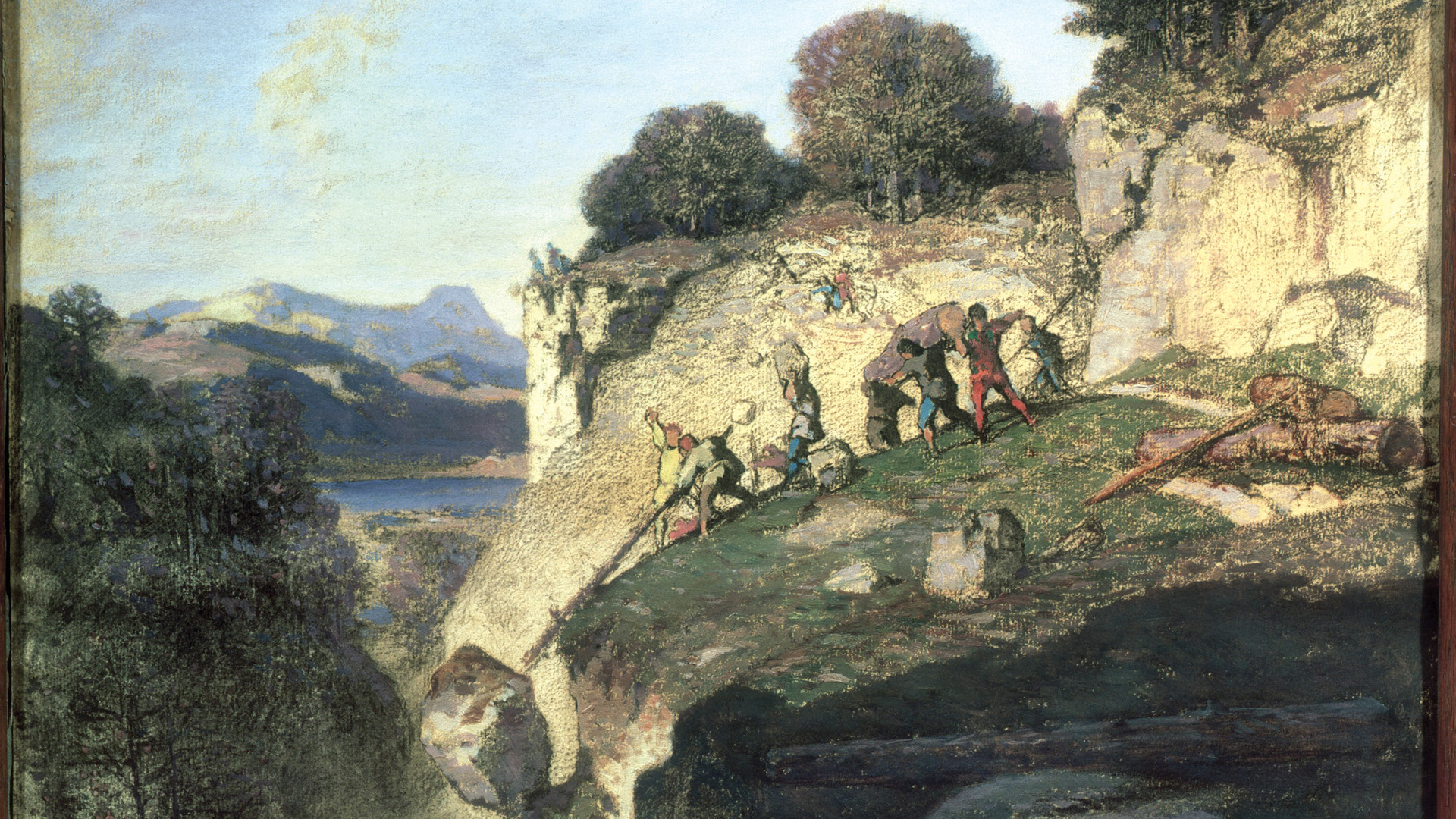
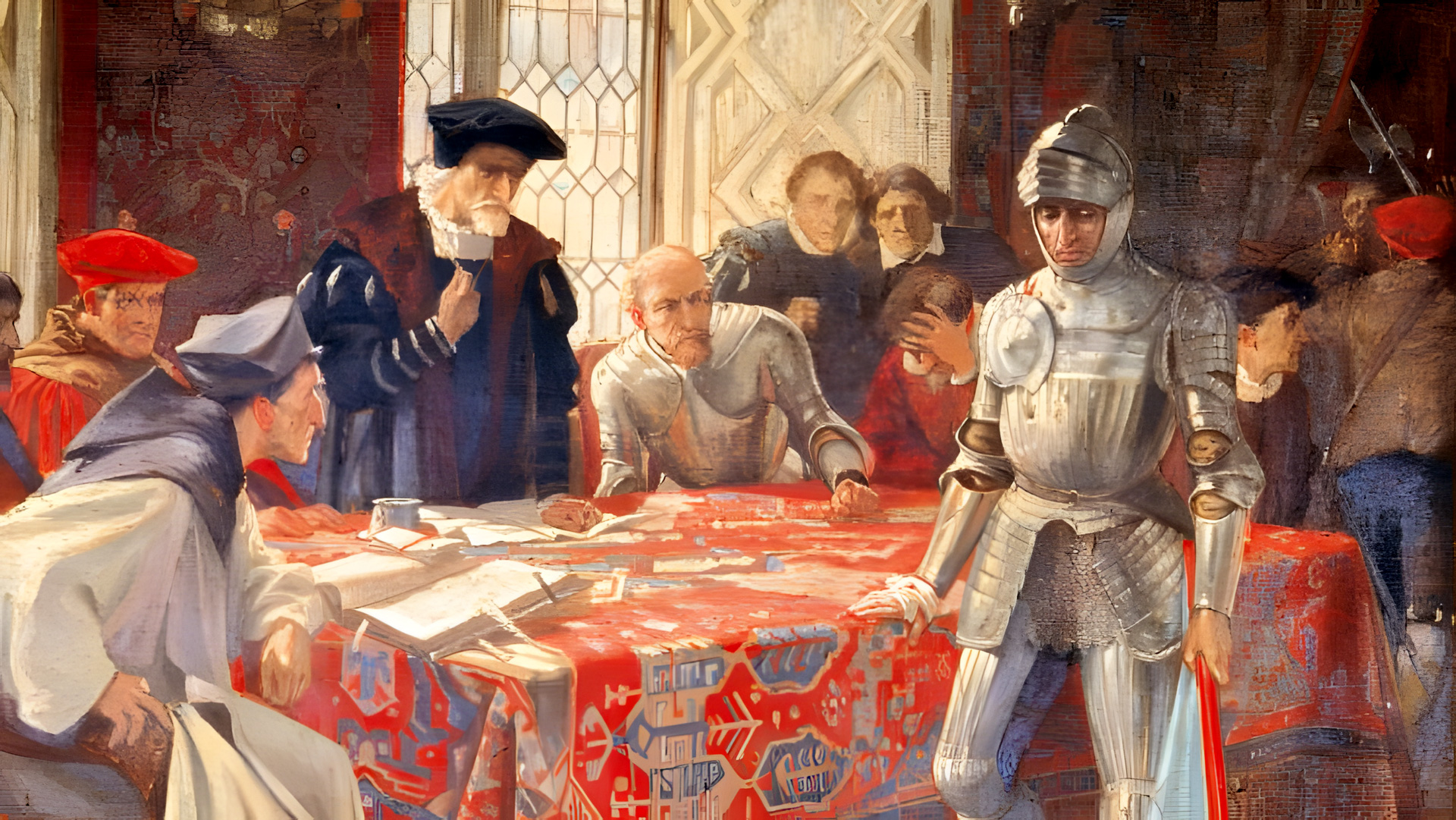
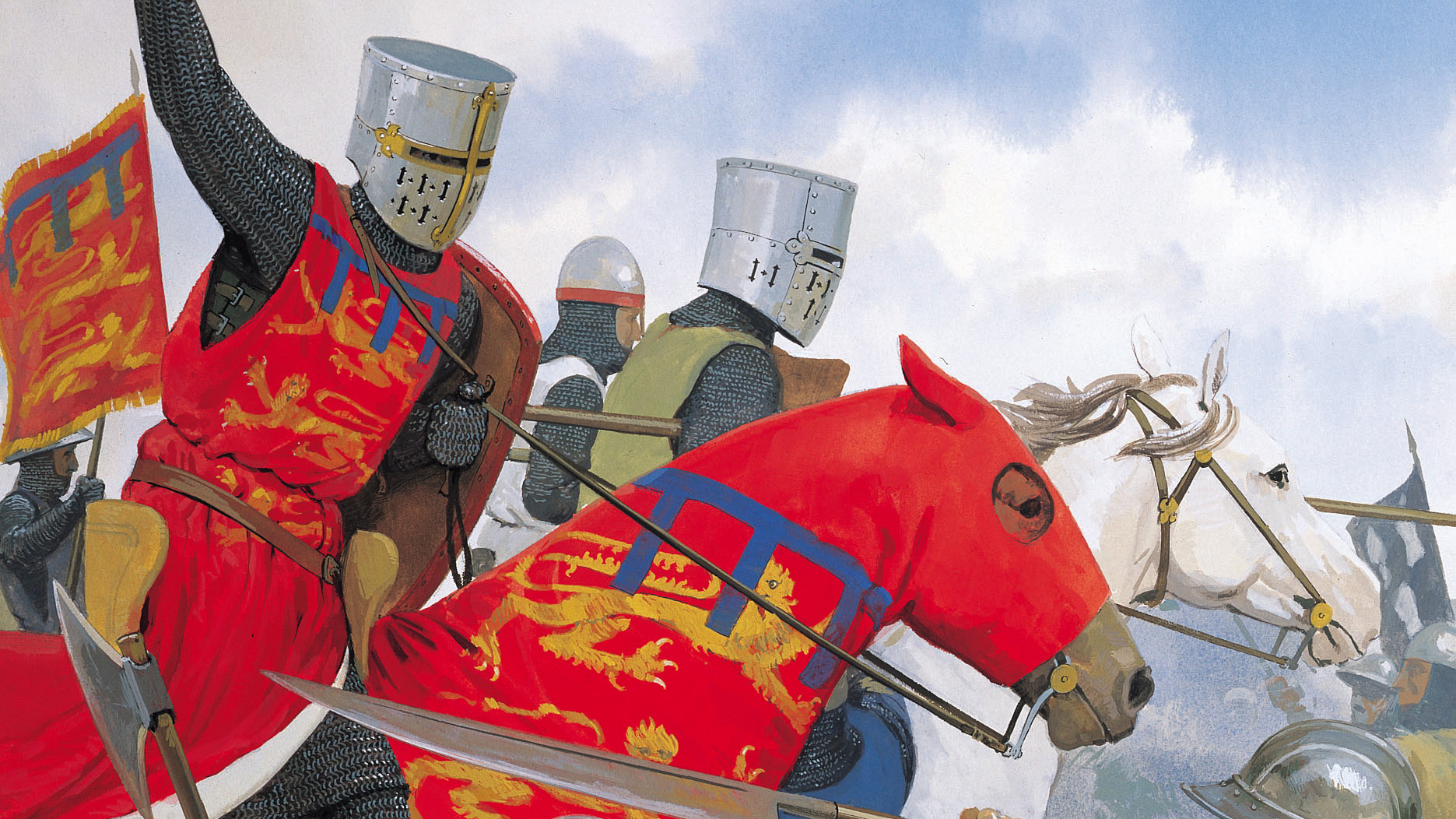
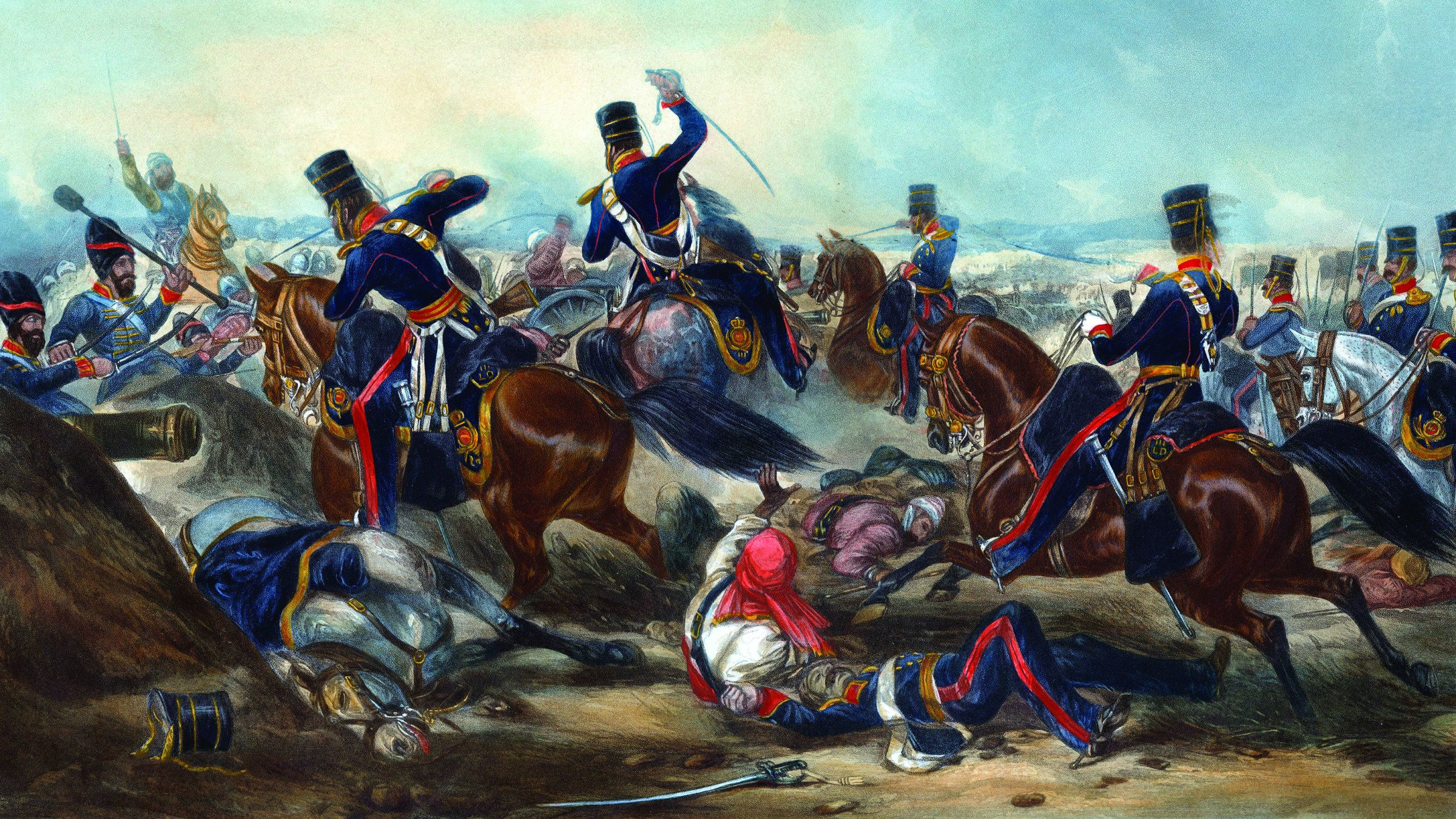
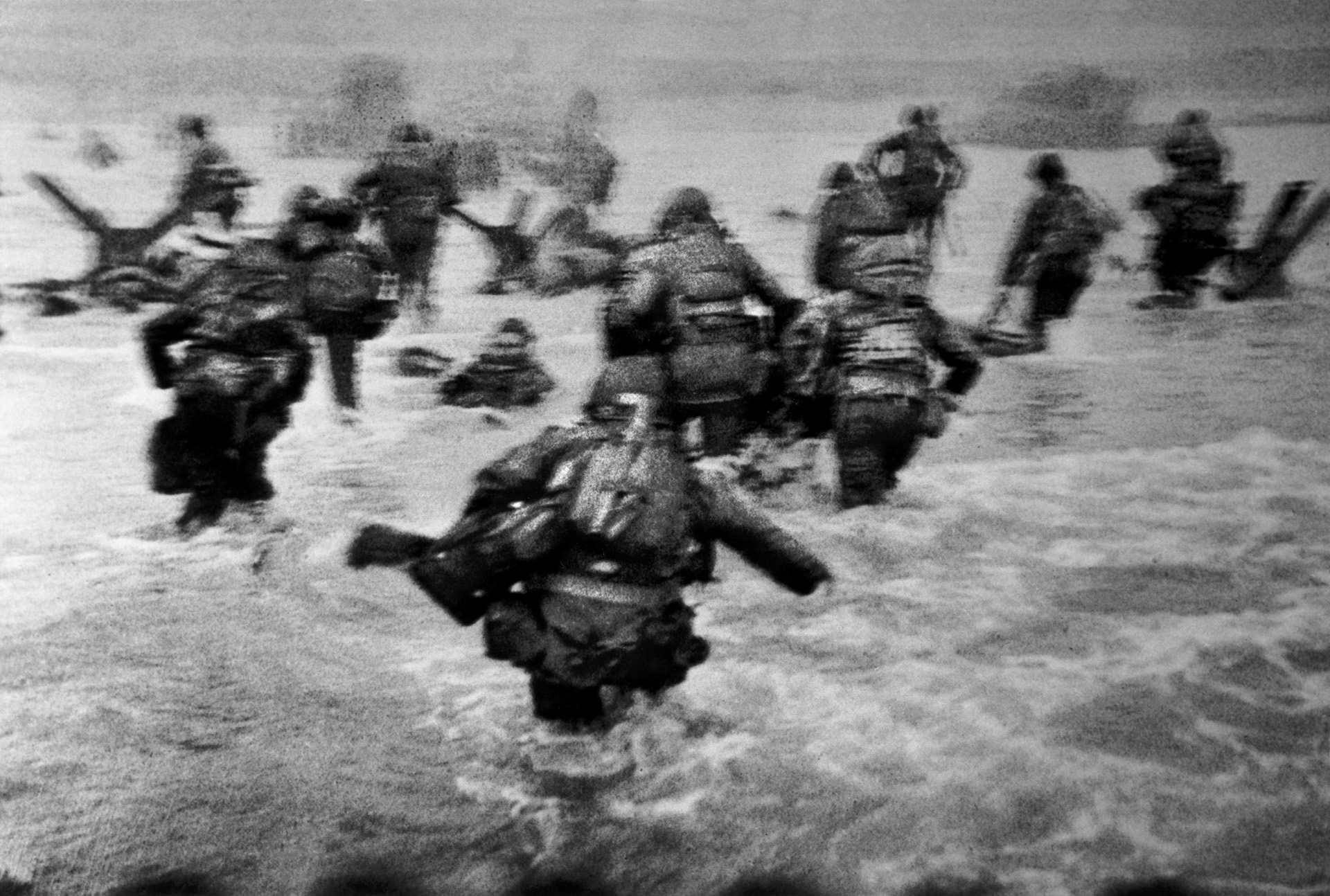
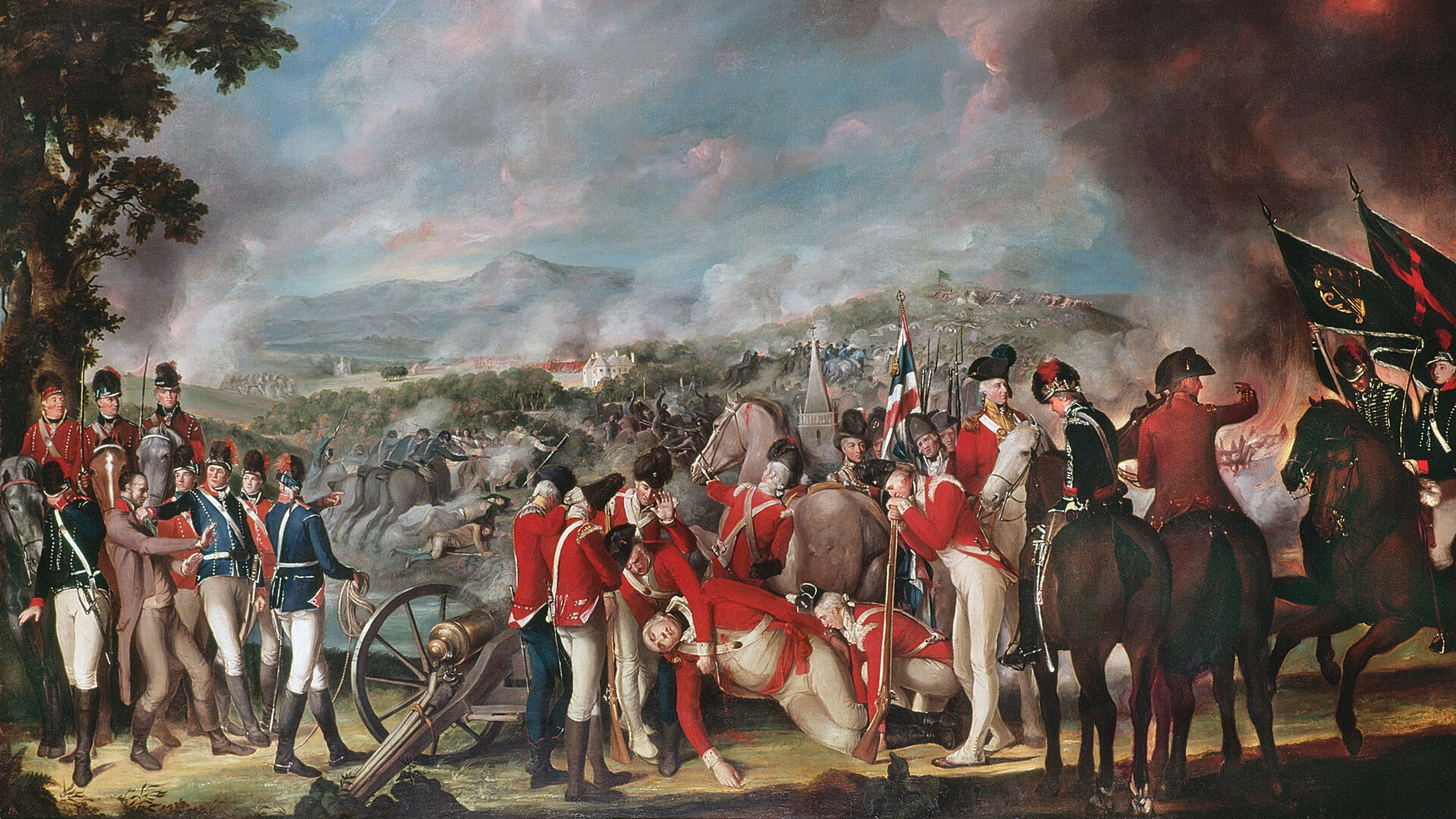
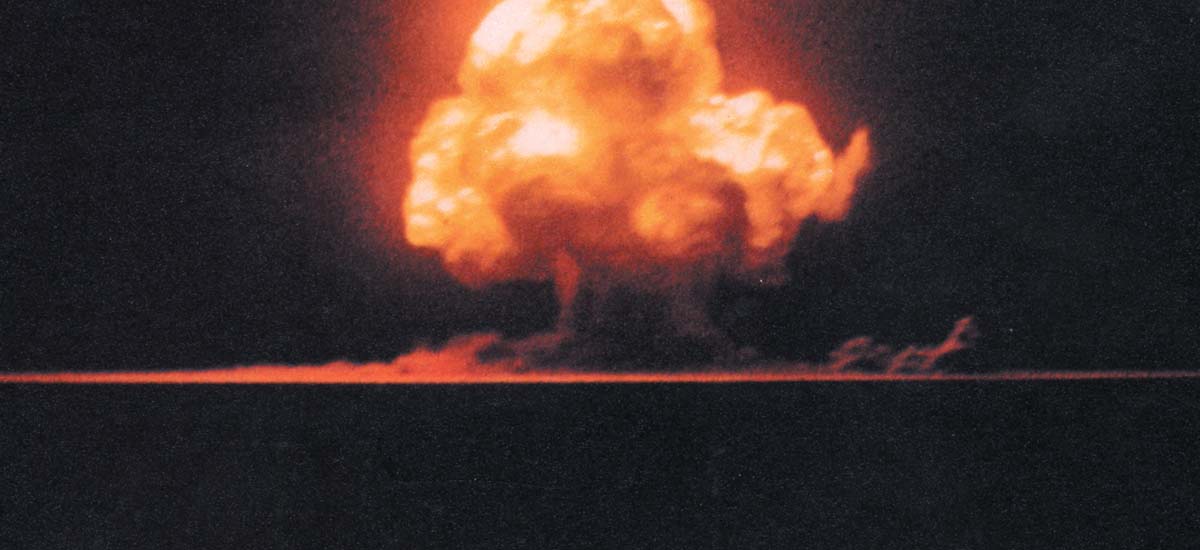
I grew up in Wyoming where many locations are named after various famous “Indian fighters.” My city, Casper, was named for Caspar Collins who got himself killed near there. He was the son of the namesake of Ft Collins, CO. What we studied and learned is quite different from “traditional” history as written, in this case, by George Custer’s widow. Instead, were learned that Custer was a fool.
During the Indian wars was the first use I am aware of where the US Army used “body counts” as the measure of success. Custer, among others, were well known for attacking undefended villages, killing everyone there, counting the bodies of old men, women, and children as evidence to their “great victory.”
Now, let’s consider Little Big Horn.
The battle plan called for Reno to attack one side of the village from down along the river while Custer would then attack from the other side. For many years lots of questions went unanswered because of the plant life that covers the site. However, several years ago a brush fire burned off much of the vegetation, allowing for a more detailed analysis of the battle. For the first time even individual soldiers could be tracked from cartridge casings.
From that analysis we get a somewhat different picture of the course of the battle. Consider the following scenario. Reno attacked as planned, attracting many warriors to respond. On the other side of the camp, the women and children were attempting to flee. Custer, thinking these were easy soft targets, rode down to attack them. When he was suddenly counter attacked by hundreds of warriors defending them he attempted to retreat. They caught him and killed him.
Yes, I am guessing a but at what Custer was thinking, but recent analysis of the battlefield seems to back me up. Custer deserved it, in my opinion.
You might check out this book: Archaeology, History, and Custer’s Last Battle: The Little Big Horn Reexamined, available on Amazon.